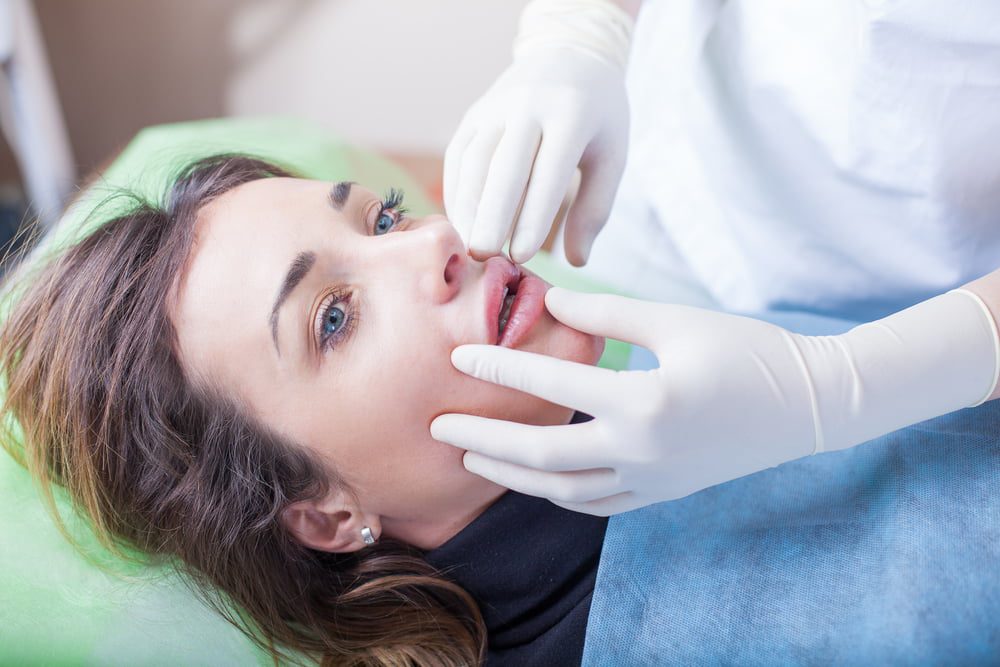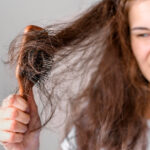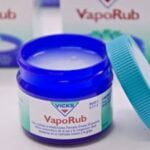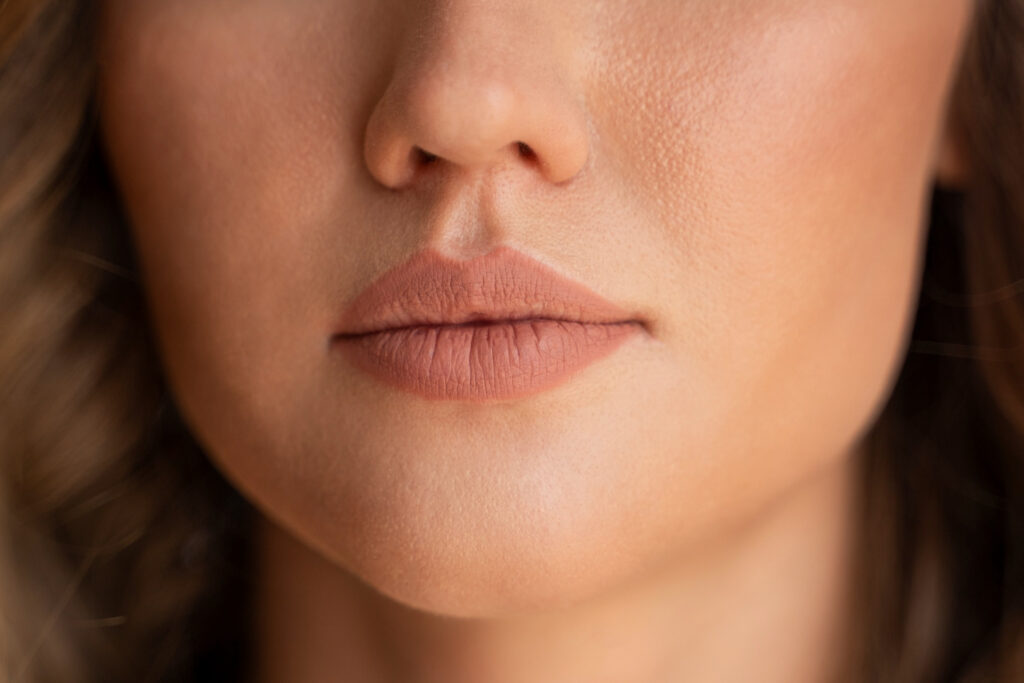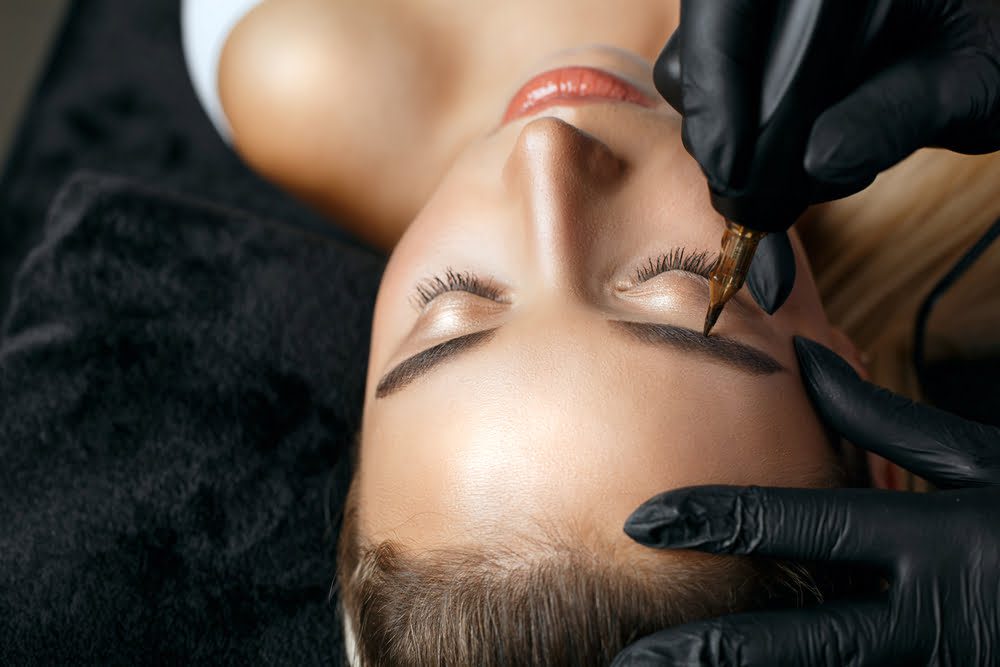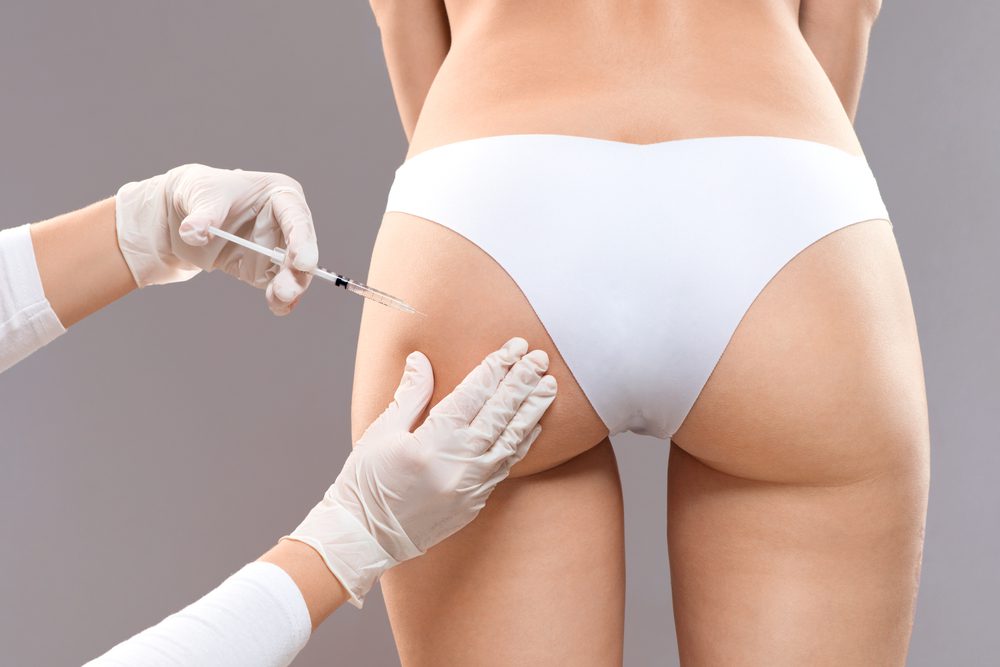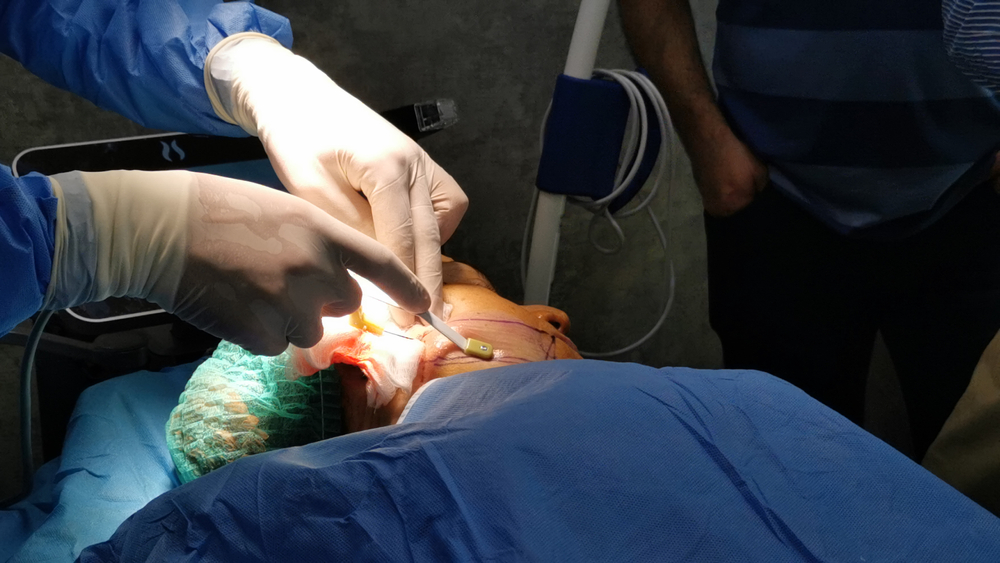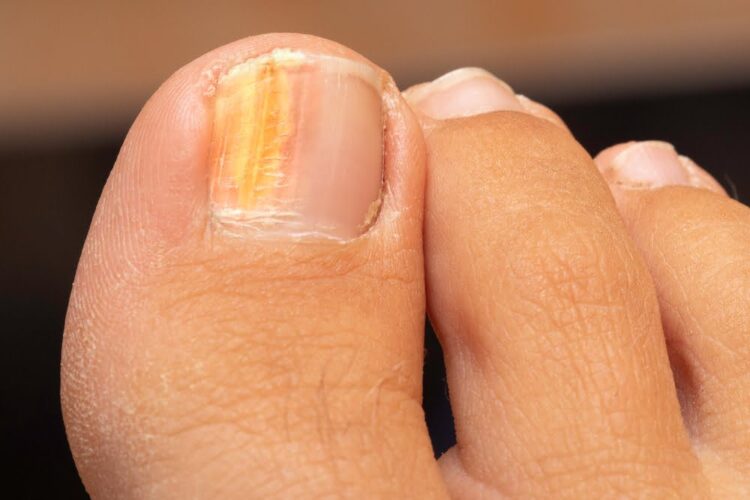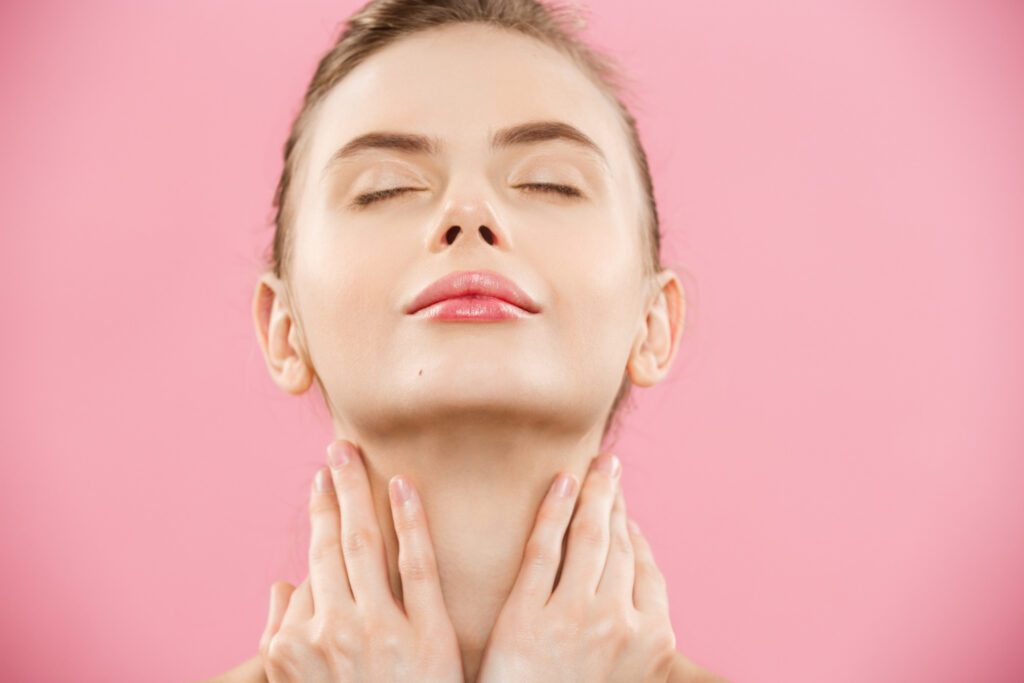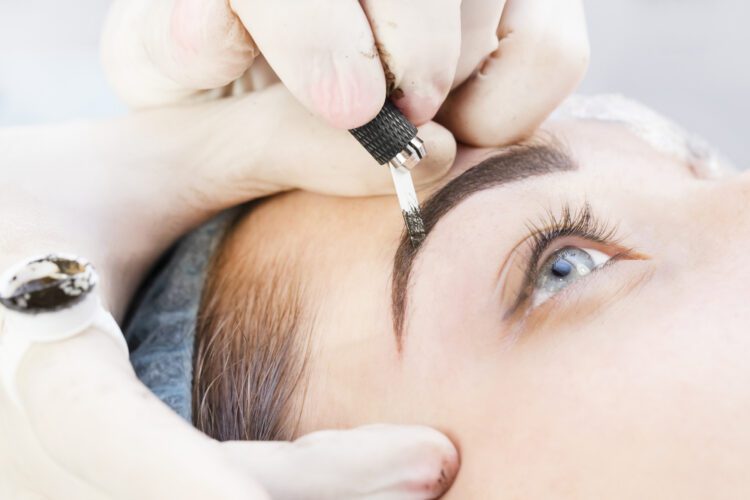Lip fillers have gained significant popularity in recent years as a non surgical cosmetic procedure to enhance the shape and volume of the lips. While lip injections can provide instant results and a plump pout, some individuals may experience lip filler migration over time. Lip filler migration refers to the movement of the injected filler material outside the desired treatment area, leading to an uneven or distorted appearance. To avoid this undesirable outcome, it is essential to take certain precautions and follow specific guidelines both before and after getting lip fillers. This article aims to explore some effective strategies and preventive measures to minimize the risk of lip filler migration, ensuring a natural and long lasting outcome.
What is Lip Filler Migration?
Lip filler migration refers to the movement of injected lip fillers from their original placement to other areas of the lips or even beyond. This phenomenon can occur due to various factors such as the type of filler used, the technique of injection and individual factors like muscle movement or facial expressions.
What Does Migrated Lip Filler Look Like?
The appearance of migrated lip filler can vary depending on the extent of movement and the type of filler used. Common signs may include asymmetry, lumps or bumps, uneven texture or an unnatural and exaggerated pout.
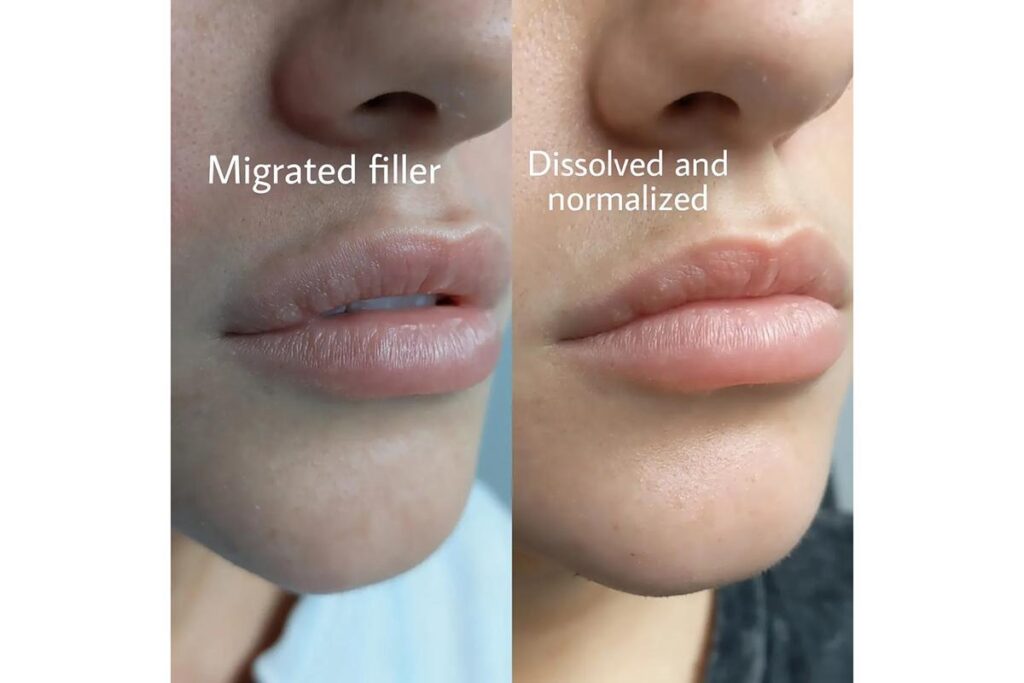
In some cases the filler may also appear to have shifted away from the lip area, resulting in a stretched or elongated appearance. It is important to consult with a qualified and experienced medical professional to address any concerns or issues related to migrated lip filler.
Causes of Lip Filler Migration.
It is normal for fillers to settle slightly after the treatment, significant migration can lead to an uneven or distorted appearance. Several factors can contribute to lip filler migration, including:
1. Gravity.
Gravity plays a crucial role in the migration of lip fillers. Over time the effects of gravity can cause fillers to gradually shift downwards or spread outwards, resulting in an altered lip shape or volume distribution.
2. Injection Technique.
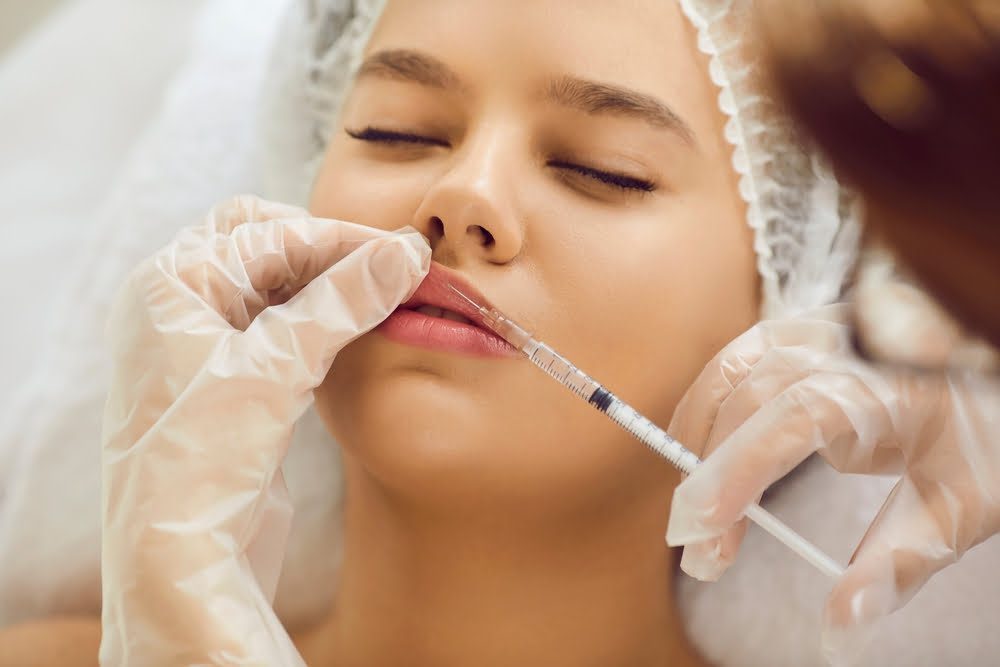
The skill and precision of the injector can influence the likelihood of filler migration. If the filler is not placed correctly within the lip tissues it may have a higher tendency to migrate. Improper technique, such as injecting too superficially or injecting too much filler can also contribute to migration.
3. Lip Anatomy.
The unique anatomy of each individual’s lips can impact filler migration. Some people may naturally have thinner or less defined lip borders which making it more challenging for the filler to stay in place. Additionally, certain lip movements such as excessive talking, smiling or chewing can contribute to filler displacement.
4. Filler Type.
Different types of lip fillers have varying characteristics that can influence migration. Some fillers have a higher viscosity or cohesiveness which can help them to stay in place better. However, other fillers with lower viscosity may be more prone to spreading or migrating within the lips.
5. Overfilling.
Injecting an excessive amount of filler can increase the likelihood of migration. When too much filler is used there is a greater chance of it moving beyond the intended area which resulting in an unnatural or disproportionate appearance.
6. Post Treatment Care.
Proper aftercare is essential to minimize the risk of filler migration. Activities that apply pressure or strain to the lips such as excessive rubbing, massaging or using excessive force when eating can displace the filler. Failure to follow the recommended post treatment instructions can also contribute to migration.
7. Time.
Over time the body’s natural metabolic processes can break down the filler which causing it to dissipate or shift. The rate at which filler is metabolized varies among individuals which can influence the duration and extent of filler migration.
| 💡 Tips Verywel Fit.com It is important to consult with a qualified and experienced injector to minimize the risk of lip filler migration. An expert injector will take into account various factors including facial anatomy, filler choice and injection technique to achieve natural looking and long lasting results. |
Symptoms of Lip Filler Migration.
Symptoms of lip filler migration refer to the signs and indications that lip filler material has moved from its intended injection site to another area within or around the lips. While the migration of lip fillers is relatively rare, it can occur, leading to several noticeable symptoms that may vary depending on the individual and the extent of the migration. These symptoms can include:
1. Uneven or Asymmetrical Appearance.
One of the primary signs of lip filler migration is the development of an uneven or asymmetrical appearance of the lips. This occurs when the filler material moves from its initial placement which causing one lip to appear larger or fuller than the other.
2. Lumpiness or Irregular Texture.
When lip fillers migrate they can create lumps or irregularities in the lip tissue. These lumps may be visibly noticeable and can result in a bumpy or uneven texture which making the lips feel rough or unnatural to the touch.
3. Displacement of Filler Material.
Another symptom of migration is the displacement of filler material to other areas around the lips. This can lead to the appearance of bulges or fullness in unintended areas such as the corners of the mouth or the philtrum (the indentation between the nose and upper lip).
4. Loss of Definition or Shape.
Lip fillers are often injected to enhance the natural shape and definition of the lips. However, when migration occurs the previously defined lip borders may become blurred or distorted which resulting in a loss of their desired shape.
5. Increased Sensitivity or Discomfort.
In some cases lip filler migration can cause heightened sensitivity or discomfort in the affected areas. This may be due to the filler material pressing against nerves or tissues that are not accustomed to its presence which leading to sensations of pain, tingling or tenderness.
6. Changes in Speech or Mouth Function.
| *Note. It is important to note that if any of these symptoms are experienced after lip filler treatment, it is crucial to consult a qualified medical professional or the original injector promptly. They can assess the situation, provide appropriate advice and determine the best course of action to address the lip filler migration and alleviate any associated concerns. |
How to Prevent Lip Filler Migration?
Lip filler migration can result in an uneven or distorted appearance which is not desired. To prevent lip filler migration and maintain a natural looking outcome there are several precautionary measures and aftercare steps that should be followed:
1. Choose an Experienced and Reputable Injector.
Selecting a skilled and knowledgeable injector is crucial. Ensure that they have extensive experience in lip augmentation procedures and are well versed in the anatomy of the lips. A professional injector will have a deep understanding of how to place the fillers properly minimizing the risk of migration.
2. Communicate Your Aesthetic Goals.
Clearly communicate your desired outcome and expectations with your injector. By discussing the look you want to achieve they can tailor the treatment accordingly and use techniques that minimize the potential for migration.
3. Opt for High Quality Fillers.
Selecting high quality dermal fillers is essential in preventing migration. FDA approved hyaluronic acid (HA) fillers are often preferred due to their compatibility with the body and their ability to be dissolved if necessary. These fillers have a smoother consistency which reduce the likelihood of migration.
4. Injection Technique.
The technique used during the injection process plays a vital role in preventing migration. The injector should use a micro droplet technique, placing small amounts of filler at a time. This method ensures precise placement and minimizes the chances of filler spreading to unintended areas.
5. Avoid Excessive Pressure or Manipulation.
After receiving lip fillers it is crucial to avoid applying excessive pressure to the lips or manipulating them excessively. This includes activities like excessive talking, chewing gum or aggressive kissing immediately following the treatment. Such actions can potentially displace the fillers and lead to migration.
6. Follow Aftercare Instructions.
Adhering to the aftercare instructions provided by your injector is crucial. This typically includes avoiding strenuous physical activities, excessive sun exposure and certain medications that may increase the risk of bruising or swelling. By following these instructions you can minimize the chances of filler migration.
7. Schedule Follow Up Appointments.
Regular follow up appointments with your injector are important to monitor the results and address any concerns. If you notice any signs of migration or asymmetry it is essential to consult your injector promptly.
Remember, individual experiences may vary and it is essential to consult with a qualified medical professional for personalized advice on preventing lip filler migration.
Bottom Line.
Preventing lip filler migration is a crucial aspect of maintaining desired results and avoiding potential complications. By following the aforementioned recommendations, individuals can greatly decrease the chances of experiencing filler migration.
It is essential to choose a qualified and experienced practitioner who can properly assess facial anatomy and administer the fillers in a precise manner. Additionally, selecting the appropriate type of filler and considering the use of a cannula technique can further reduce the risk of migration.
Finally, maintaining good aftercare practices such as avoiding excessive pressure on the lips and regularly massaging the treated area can help to ensure the longevity and stability of the fillers.
Overall, a combination of careful selection, precise administration and diligent aftercare can greatly minimize the occurrence of lip filler migration, providing individuals with natural looking and long lasting results.
How we reviewed this article:
Our team of experts is always monitoring the health and wellness field, ensuring that our articles are updated promptly as new information emerges. See Our Editorial Process
Nov 9, 2025
Written By: Gabrielle Richens
Written By: Gabrielle Richens

 Workout
Workout
 Meditation
Meditation





 Contact Us
Contact Us



